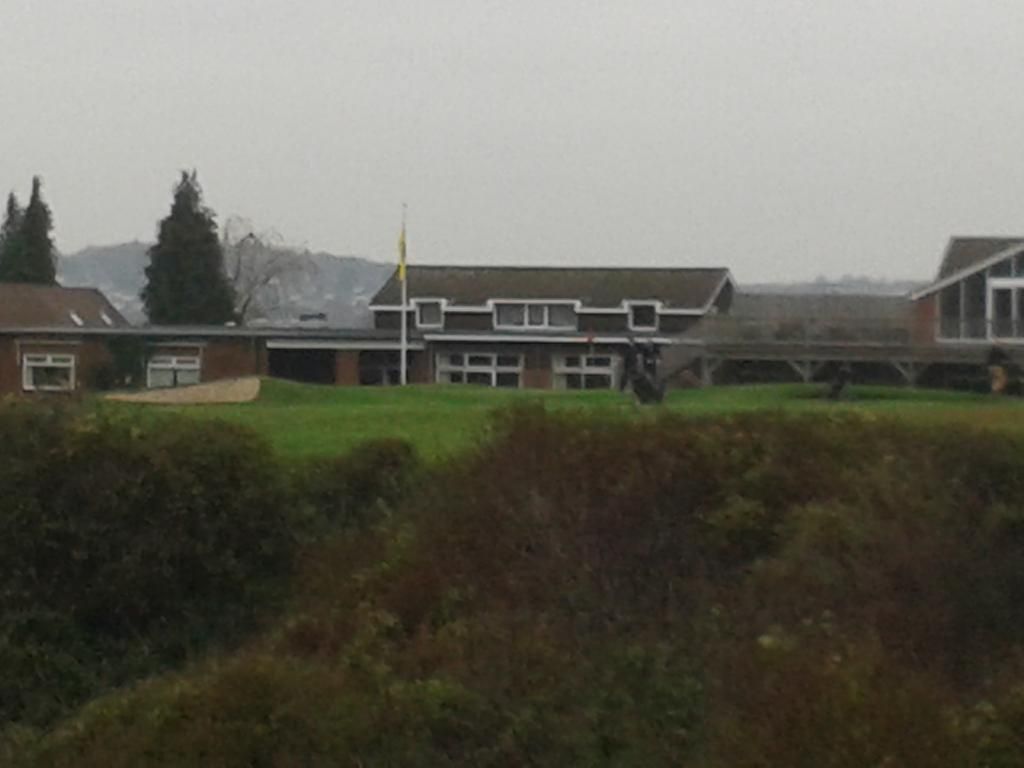Originally a nine hole course designed by JH Taylor, the course was extended to 18 holes in 1924 with the suggestion being that a certain Dr. Alister Mackenzie had a hand in the work. The club seems to be quite proud of its Mackenzie link. It's a shame then that they don't currently seem to be so keen to read and learn from
Economy in Course Construction and Green Keeping. The course would benefit hugely from following Mackenzie's sound principles regarding a lack of trees and the need for width.
All of that said, South Wilts is in no way a bad course, far from it. Essentially however, the more than ample room available (and presumably once used) for plentiful strategic options through wide open fairways is simply not being utilised at present, the result being that so much of the courses' potential is currently lost in first cut rough. A few sprinkler heads could be seen and it may be that they were laid in the dark days of the 1990's and therefore currently get the blame for a lack of width. Whatever the contention, the course is currently severely compromised, at least when compared with what it has the potential to be.
If inclined to score it, and I am, I'd suggest it current merits a 3 on the Doak Scale. That could so easily be a 5 with the restoring of far wider fairways and a few days with a chain saw. It's a big, expansive golf course which is currently playing very small.
And at this stage I should apologise for the quality of many of the pictures. I really must remember to take more than a telephone with me on an overcast day! The images appear better when viewed on a smaller mobile device.
1st hole - 432 yards.
A good but tough start to the round, the 1st requires that you drive far enough to catch a downslope which, in the summer at least, can lead to a long drive. The approach is then back up the slope. The pictures shows a view of the hole looking back towards the tee.
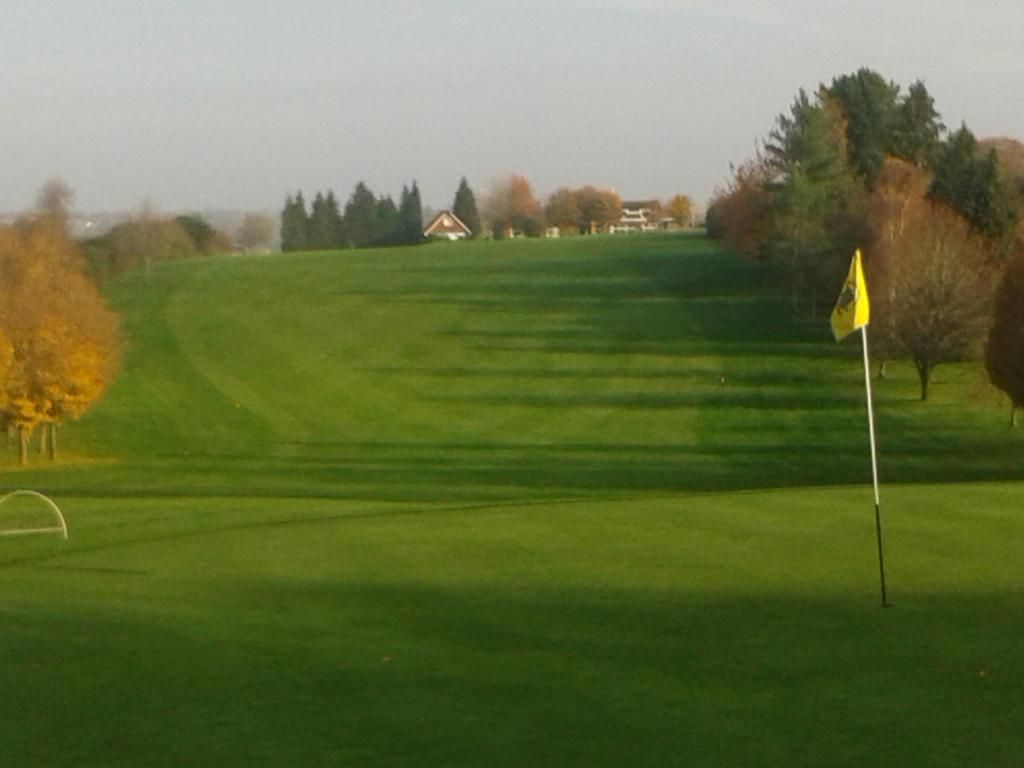
2nd hole - 448 yards.
Another tough hole but a little more prosaic than the 1st.
3rd hole - 336 yards.
A superb hole if only it were restored correctly. Nonetheless, it remains pretty good. The brave line should be to hug the left hand but that line is currently partly blocked by the trees. The fairway actually moves further to the right than it first appears from the tee, meaning a line on the right hand pine should be ideal...........
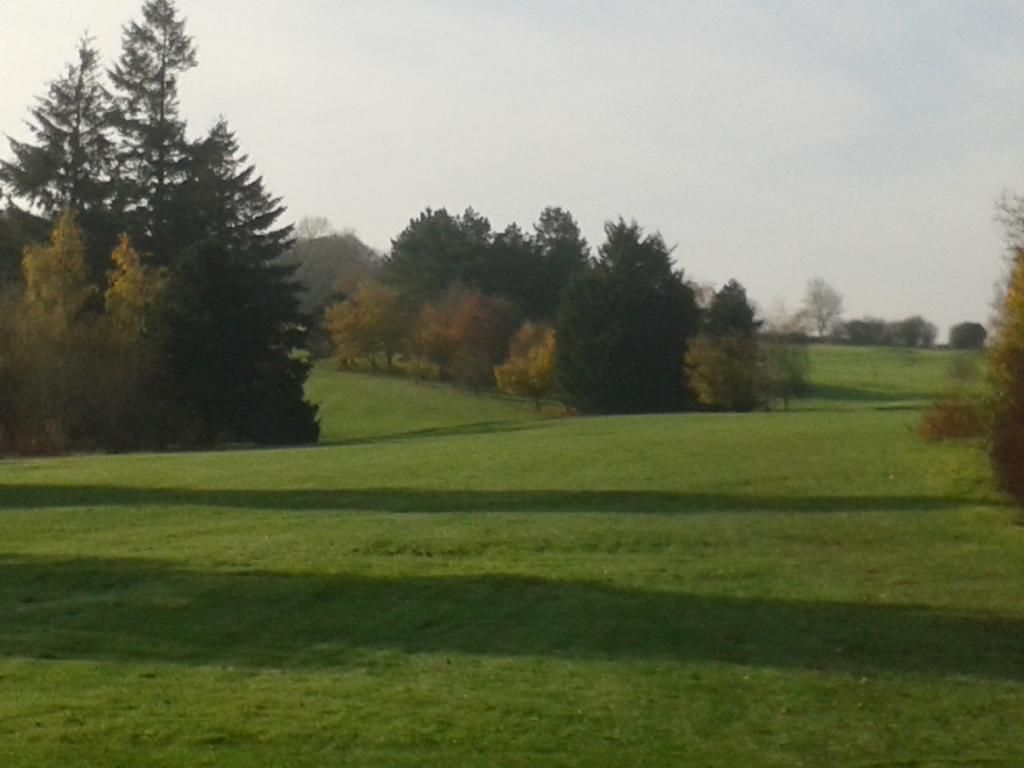
.......but unfortunately you then realise the trees have no place on the course and should be removed, thus restoring a far more expansive hole. Any further right, whilst still being on the fairway, the line to the green would have been completely blocked. The presence of the trees leaves this oddly shaped bit of fairway which sticks out before turning at nearly 90 degrees around the offending barks. Remember, the hole doglegs
right to left.
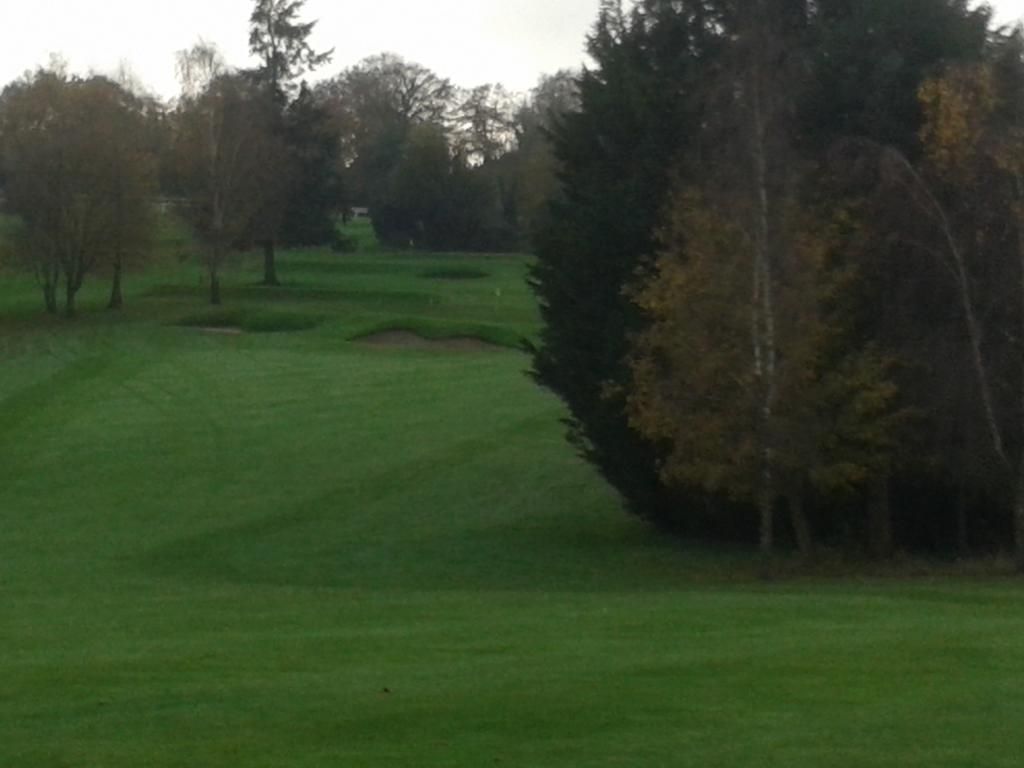
To credit the club, at least these cross bunkers have been left undisturbed, albeit that they would play far bigger if not surrounded by longer grass.
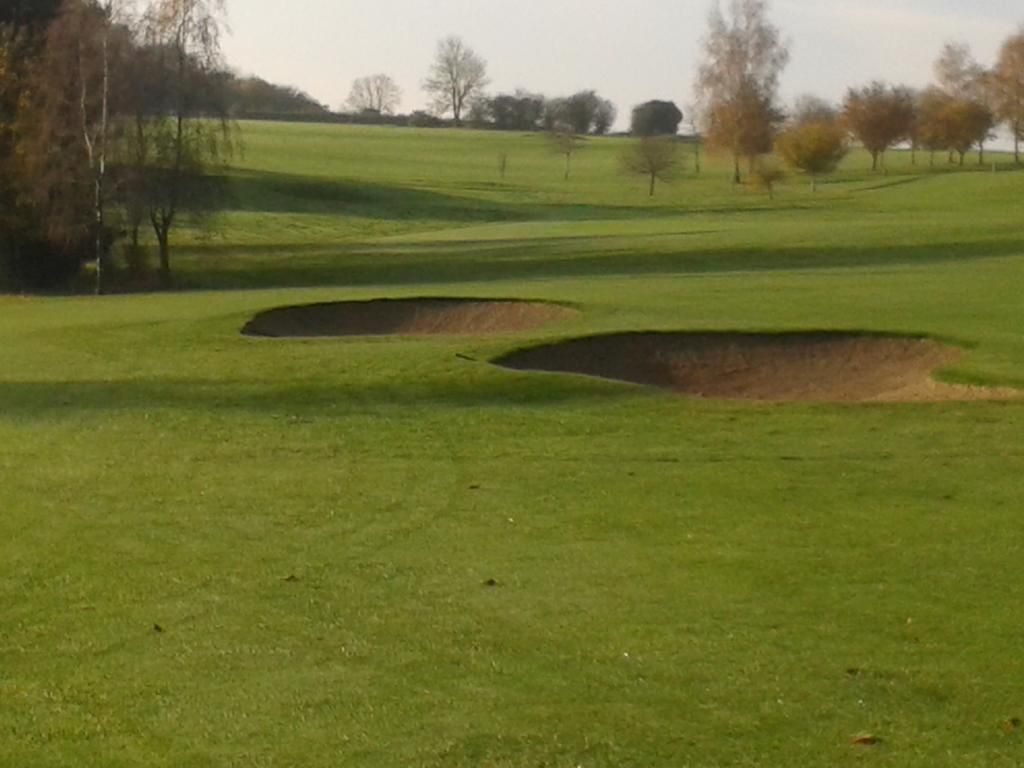
4th hole - 416 yards.
One of the more ordinary holes on the course, at least at present. A slight dogleg right with a drive uphill which could have a better sweeping effect.
A view from about 100 yards out.
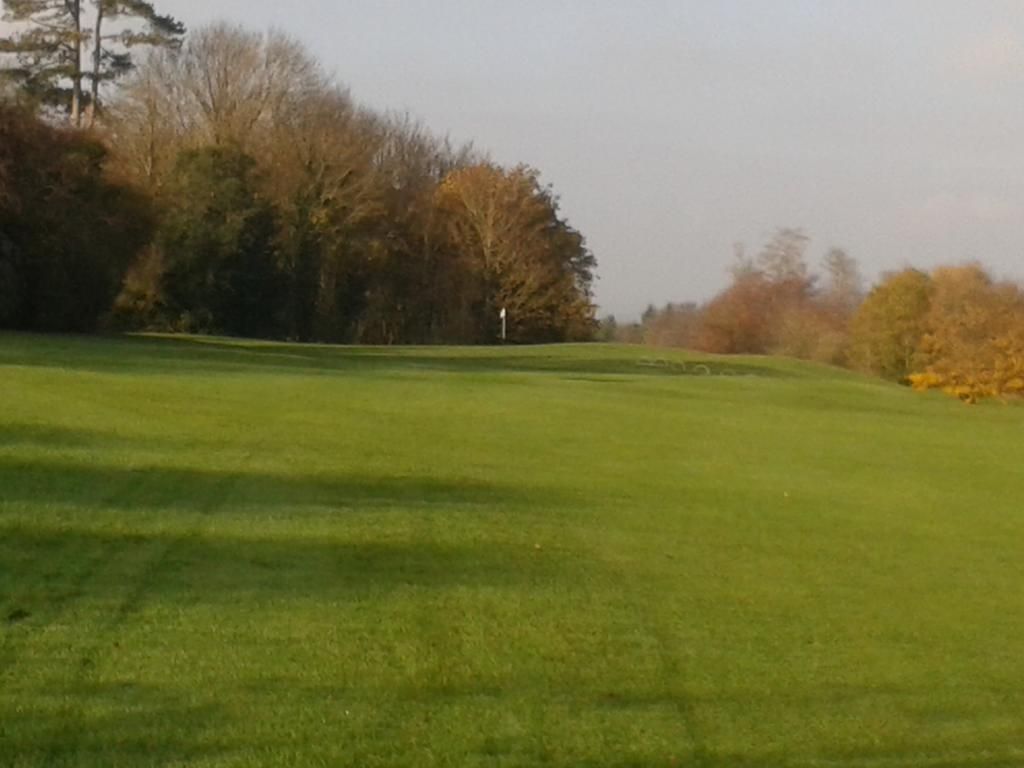
5th hole - 398 yards
A sharpish dogleg left with something of a cape hole effect over the bunkers seen here. It is a great shame that beyond these bunker, rather than being greeted with short grass and possibly a further trap to continue the cape effect, the grass become longer again.
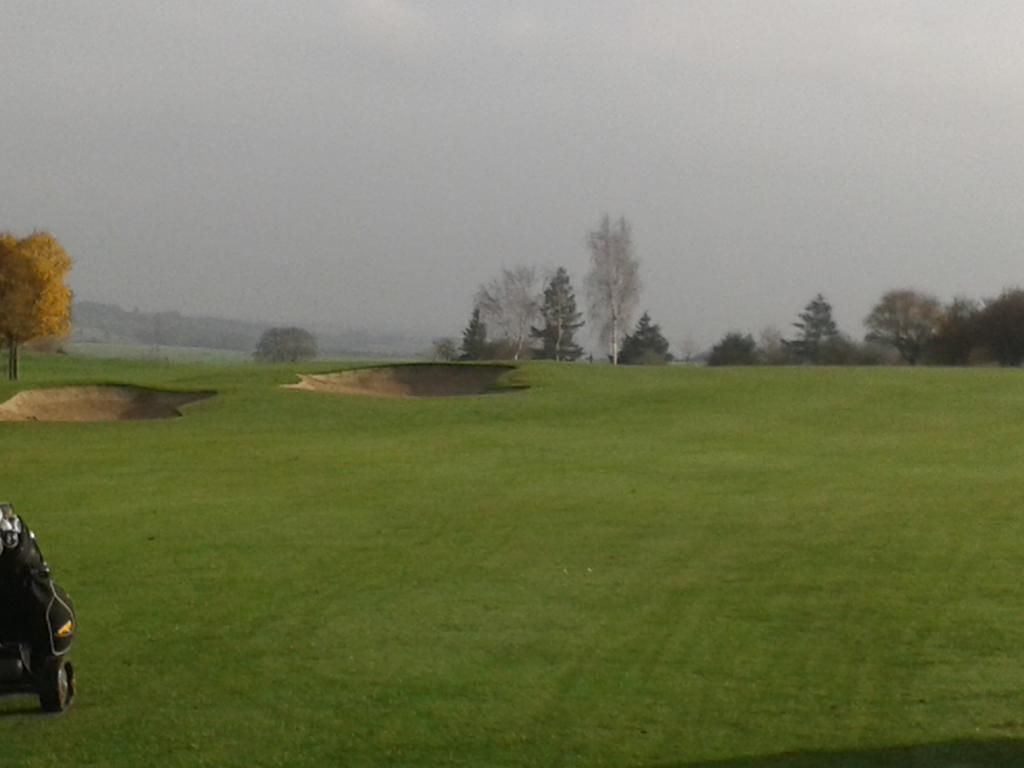
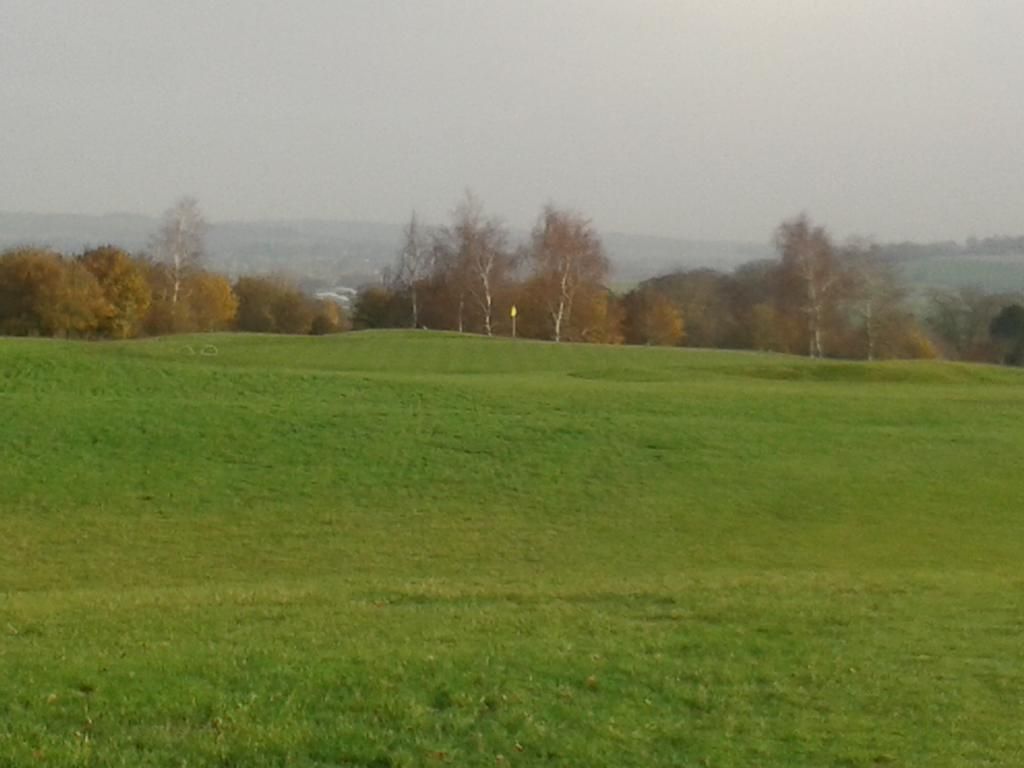
6th hole - 185 yards
An uphill par 3 of no particular merit with unimaginative greenside bunkering, one bunker front left and a mirror image on the right. The most notable feature, unfortunately, is the lack of short grass running up to the green. The older player in our group had no chance of finding the green from the tee.
7th - 497 yards
I liked this par 5 and didn't feel it had been too badly compromised. A nicely flowing hole at his stage in the round. Also one of the more interesting greens on the site.
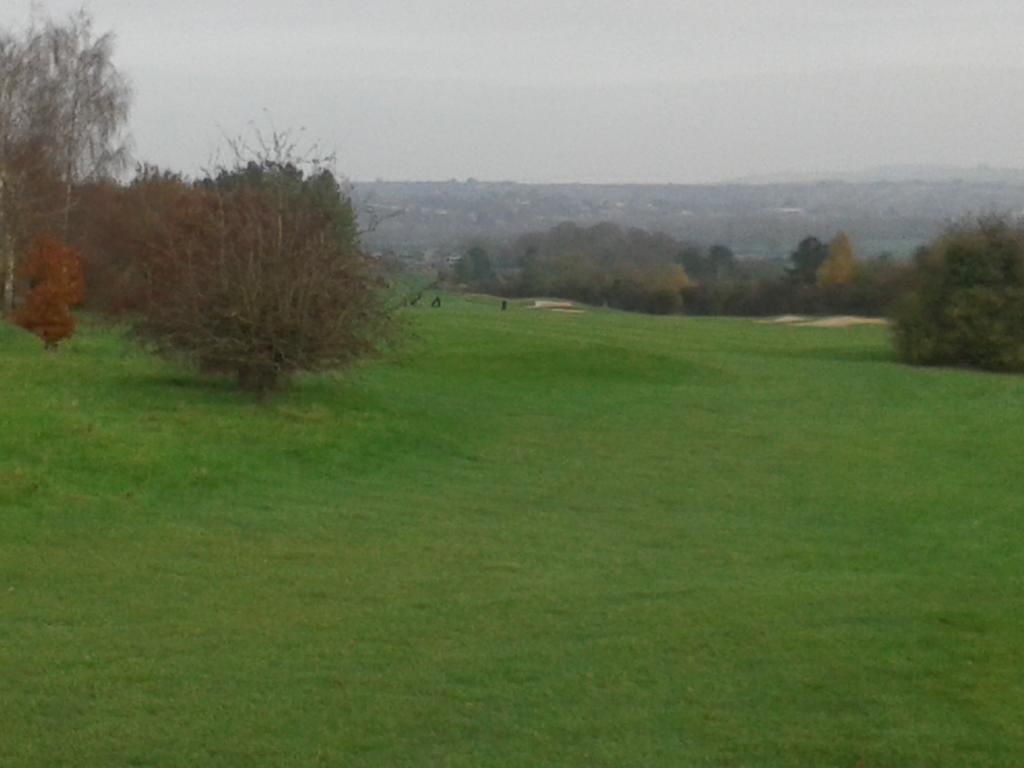
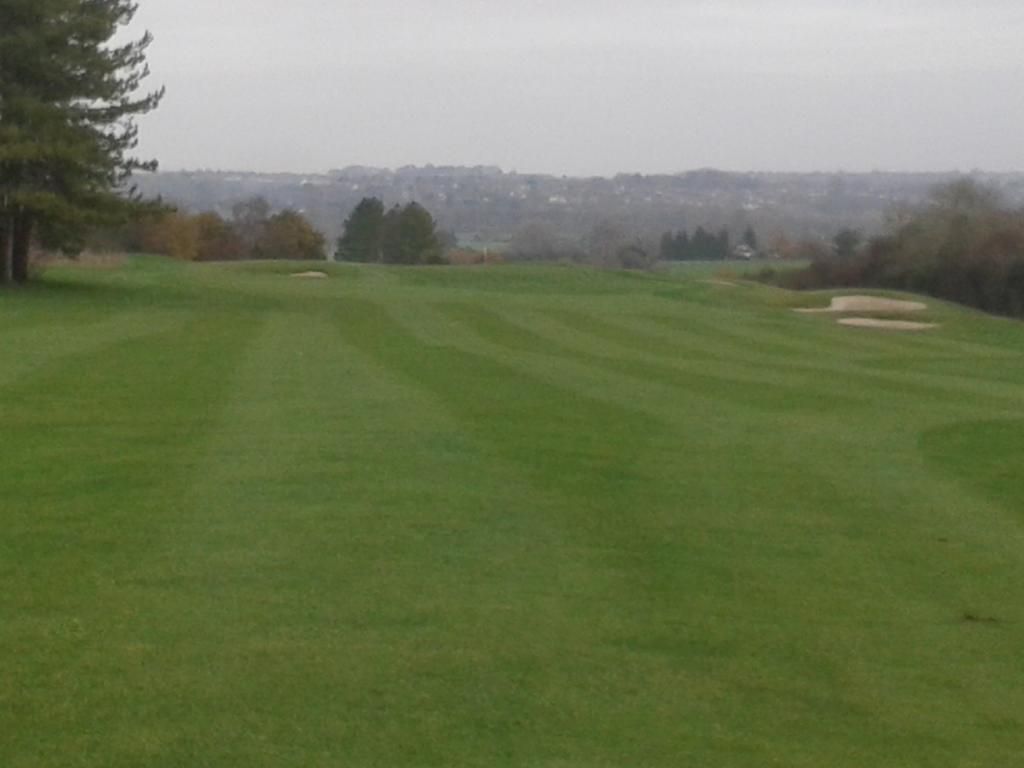
8th - 166 yards
A good downhill par 3. Actually, a far better hole than these pictures might suggest.
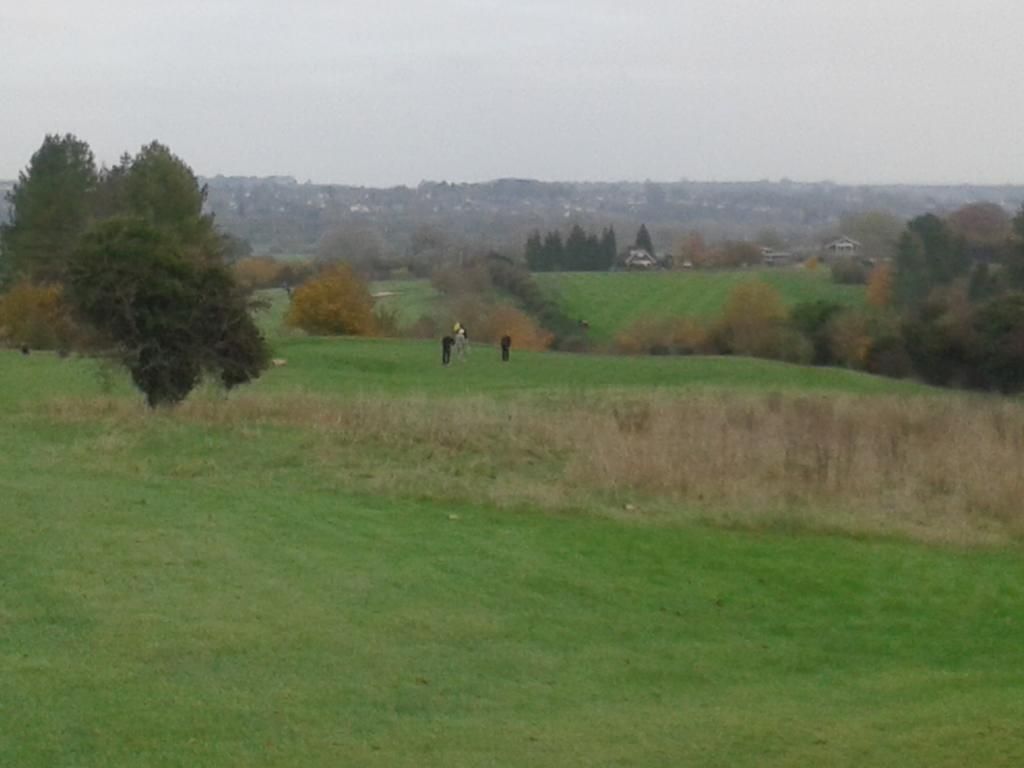

9th - 473 yards (par 4)
A very tough par 4 in the winter. We see here that the safe right option (if you can hit straight) has been replaced by trees. One assumes the fairway would have also extended to the left once upon a time, meaning the left hand bunkers would have actually been in the fairway.

10th - 519 yards
With strategy compromised by the trees to the left, the only sensible option from the tee now is middle.

11th - 451 yards
The loss of width to the right of the hole is so considerable that it's probably best not to comment too much. Safe to say however that there is at least forty yards of potential fairway right which currently doesn't exist. Options could be plentiful. A very ordinary hole as it current stands.
12th - 357 yards
A pleasant shortish par 4, the pitch approach could be one of the most interesting shots on the course if the bunker surrounds were short and green itself not receptive. Another missed opportunity.

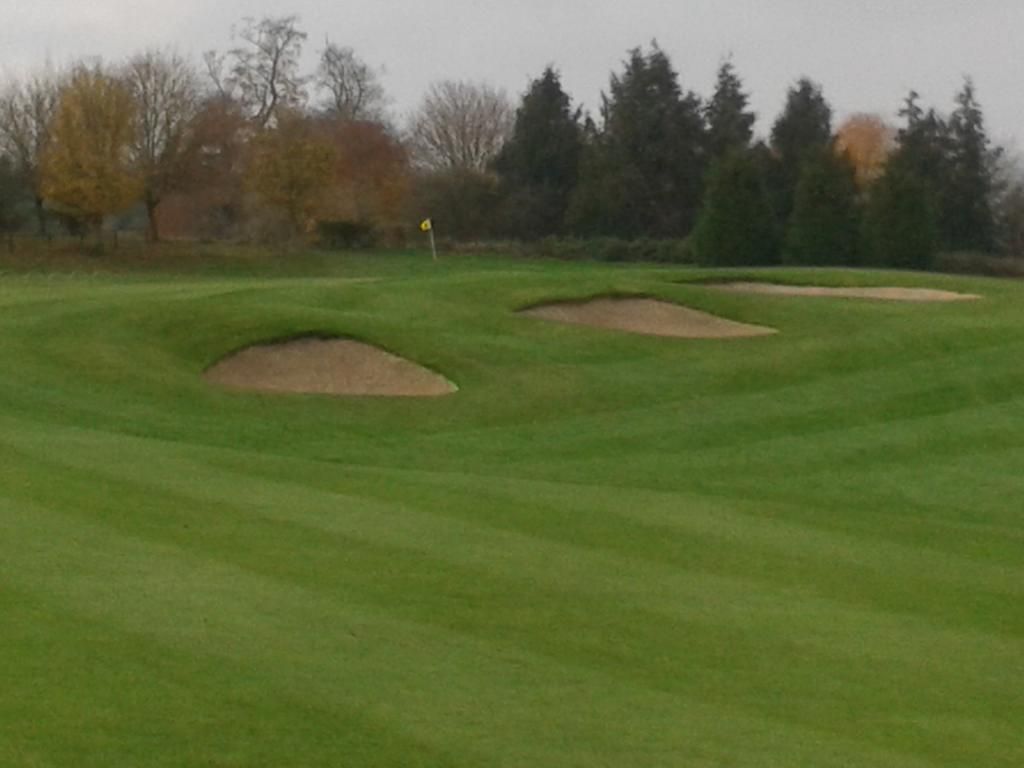
13th - 157 yards
A lovely little par 3 which speaks for itself. Shame that it's currently in a forest. And I'm afraid the left pine cancels out any idea of soft, high fade. Actually, it also restricts the available teeing area as well as you don't want to tee up too far to the left.
The group in front attempt to show the way.
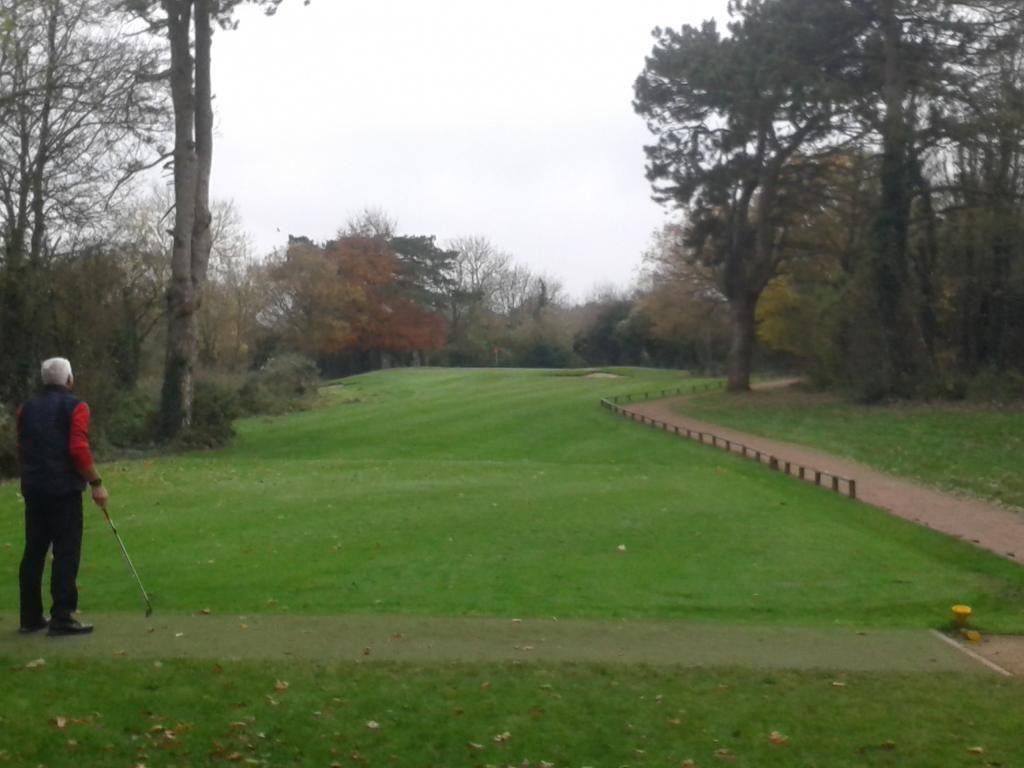
14th - 318 hole yards
A tiny green makes this the hole it is. Unfortunately, sounding more and more like a stuck record, far more short grass to the left would have provided more angles into the green. The first picture shows a ball in the first cut of rough where in fact there is plenty of room for the fairway to extend a full 20 yards further to the left. The sloping land right of the green, seen in the third picture from the 15th tee, is just one big collection of missing ground game options. This particular approach, if the green were entirely surrounded with short stuff, has the potential to be the most interesting on the course.

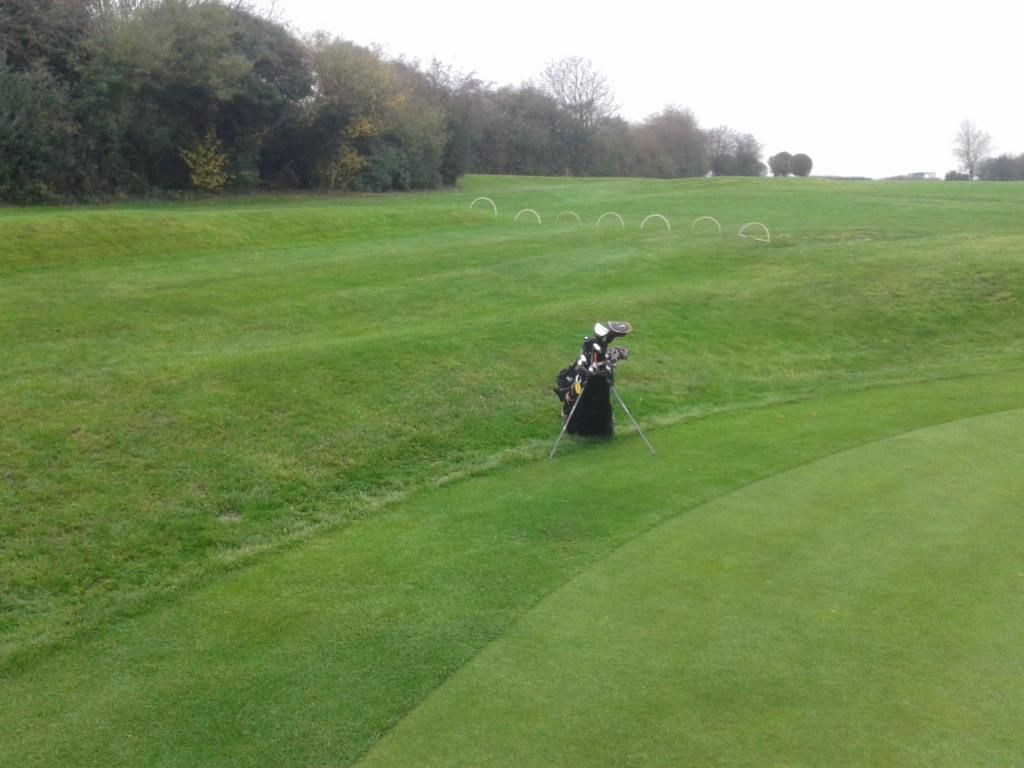

15th - 367 yards
Note the left fairway bunker and how it should have to be skirted in order to remove the greenside bunker from the approach shot. The safe option from the tee should of course be to the right but the reader doesn't by now need me to comment on the lack of strategic options as a consequence of the loss of so much fairway.
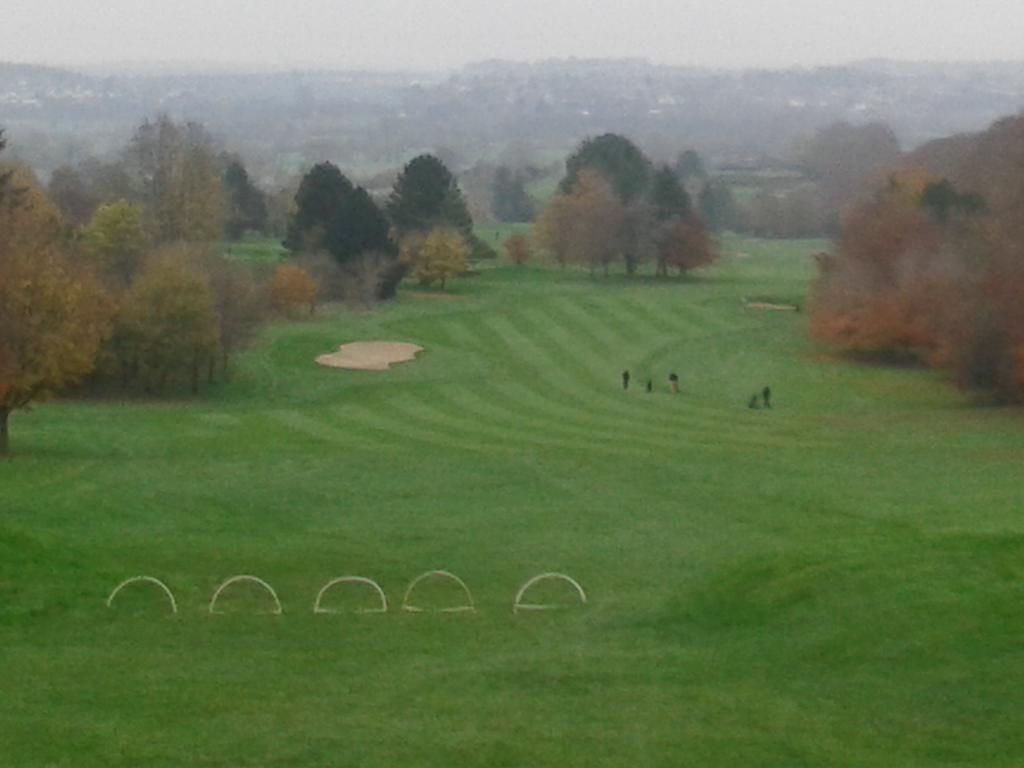
16th - 491 yards
A worthy par 5 with some interesting lost undulations.
17th - 311 yards
And a pleasant short par 4 at this stage in the round. Unnecessary small trees seemingly added to the right of fairway, lack of short grass on slopes surrounding green etc.
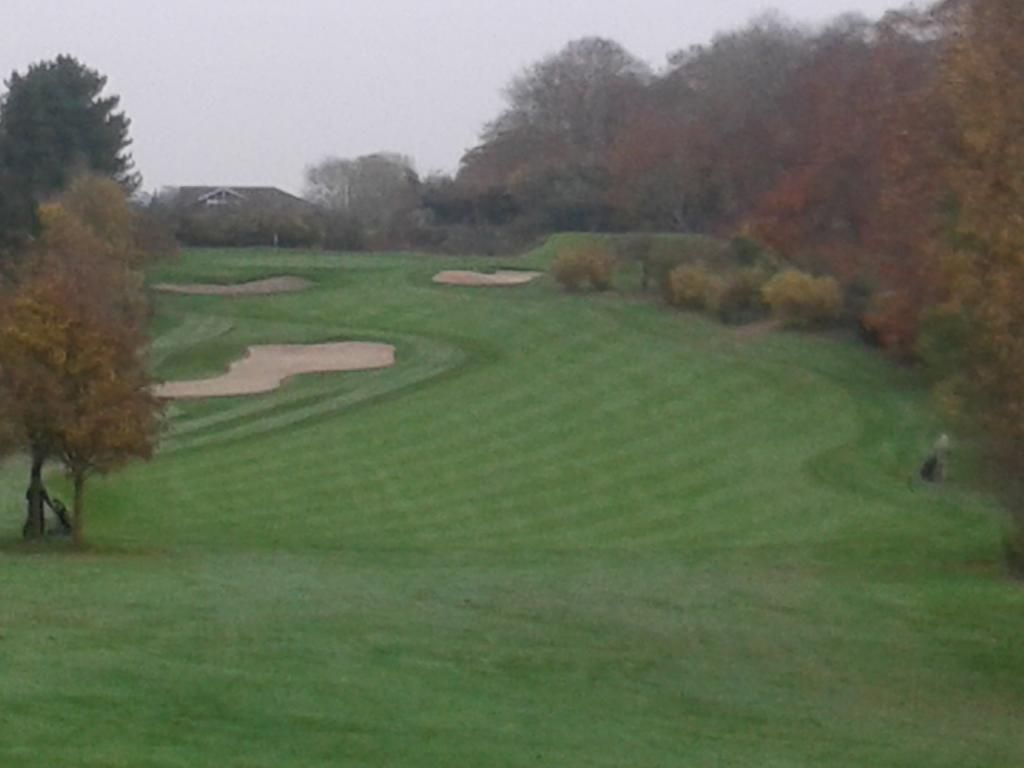
18th - 163 yards
Many golfers don't like the idea of beginning or ending a round on a par 3. Personally I rather like this little finishing number. A small carry over some sort of crater filled with all sorts of horrible, two putts and time for a well earned drink.
